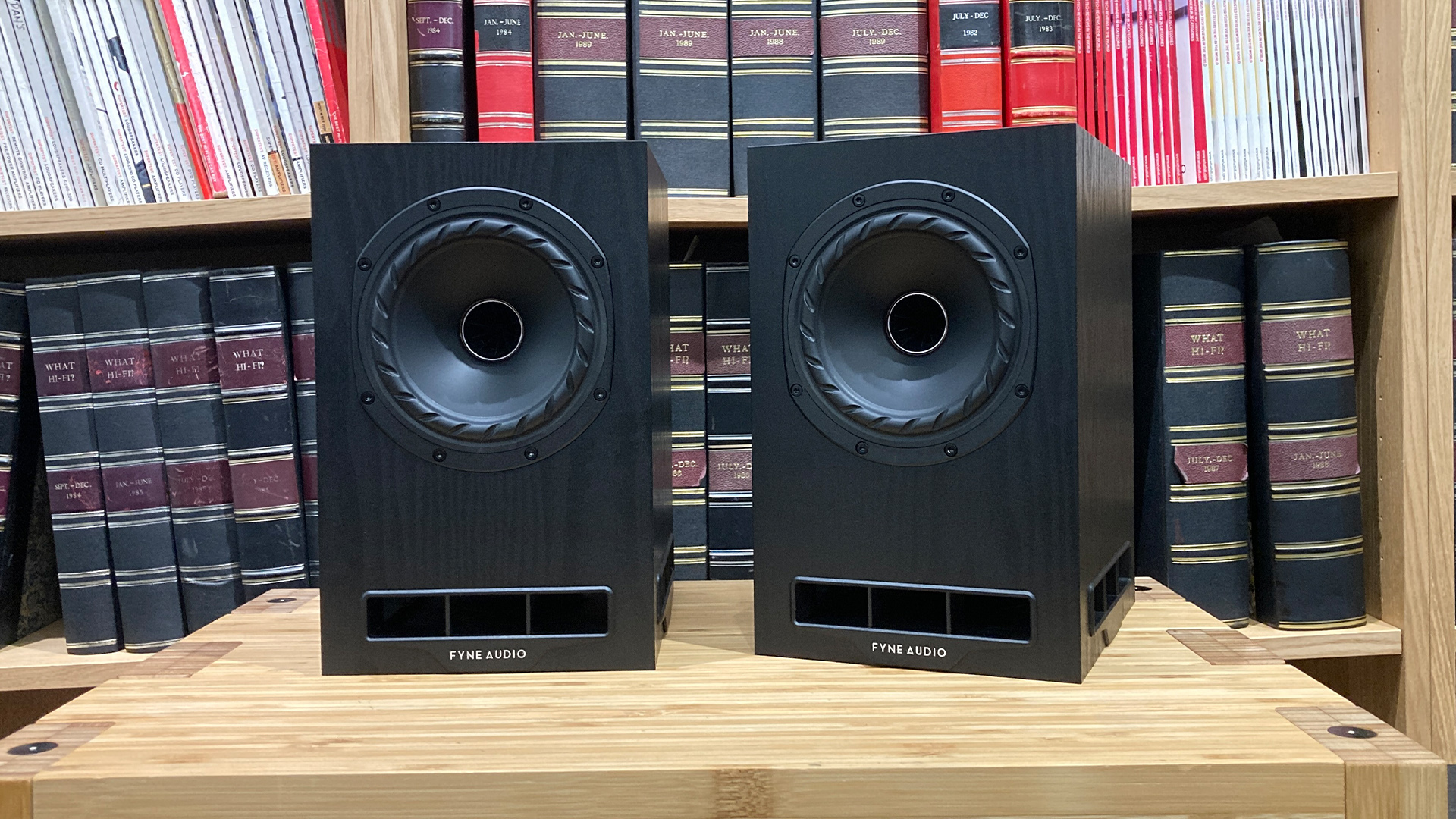HDMI: getting simpler, or on the way out?
Two new proposals could see the standard adapted for portable devices, or replaced with Ethernet cabling
Just as HDMI 1.4 gets itself established, two new proposals have been put forward by industry groups to change the way HD home cinema signals are transmitted.
One, designed for greater compatibility with mobile devices, could see HD audio and video transmitted by connectors as simple as the micro USB found on mobile phones; the other, even more radical, seeks to replace the whole HDMI system with connectivity using easily-available Ethernet cabling.
The MHL Consortium – it stands for Mobile High-definition Link, and is backed by Nokia, Samsung, Silicon Image, Sony and Toshiba – aims to simplify the wiring need to send HD audio and video, allowing it to be carried on any five-pin connector, rather than the 19 pins currently used by standard HDMI plugs and sockets.
It does this by reducing the three Transition Minimised Differential Signaling channels in the HDMI standard to just one channel, yet is said to still handle video at up to 1080p/60Hz and 7.1-channel audio at up to 192kHz/24-bit, as well as 5V 500mW power.
That would mean Full HD sound and vision could be stored and played from mobile phones and similar devices.
However, while the MHL format specification is based on HDMI, it's not backwards-compatible with existing HDMI connections, and that's attracted criticism from companies such as Analog Devices.
Much more radical is the technology announced by the HDBaseT Alliance, which is backed by LG, Samsung, Sony Pictures Entertainment and semiconductor company Valens: this proposes carrying HD audio and video over connectional CAT5e/CAT6 networking cable, using a standard called 5Play.
The latest hi-fi, home cinema and tech news, reviews, buying advice and deals, direct to your inbox.
The consortium says that 5Play is 'an unrivalled feature-set that converges full uncompressed HD video, audio, 100BaseT Ethernet, high power over cable and various control signals through a single 100m/328ft CAT5e/6 LAN cable.
Up to 10.2Gbps bandwidth, with the capability to scale up to 20Gbps, means 'HDBaseT has the bandwidth to support the highest video resolutions such as full HD 1080p as well as 3D and 2Kx4K formats,' and it's also possible to daisychain components connected using the system, giving runs of up to 800m in eight 'hops'.
It can even carry enough power to supply small TV sets of up to 100W, and has the advantage of using readily-available LAN cabling, with can be cut and terminated on-site for custom installations use simple, inexpensive tools.
What Hi-Fi?, founded in 1976, is the world's leading independent guide to buying and owning hi-fi and home entertainment products. Our comprehensive tests help you buy the very best for your money, with our advice sections giving you step-by-step information on how to get even more from your music and movies. Everything is tested by our dedicated team of in-house reviewers in our custom-built test rooms in London, Reading and Bath. Our coveted five-star rating and Awards are recognised all over the world as the ultimate seal of approval, so you can buy with absolute confidence.

